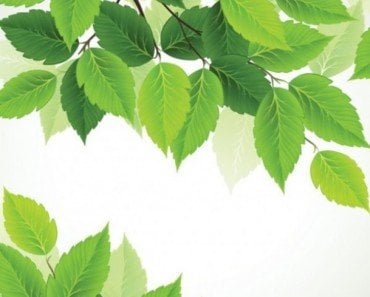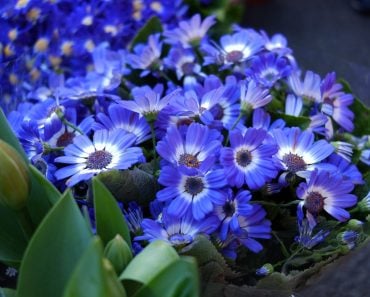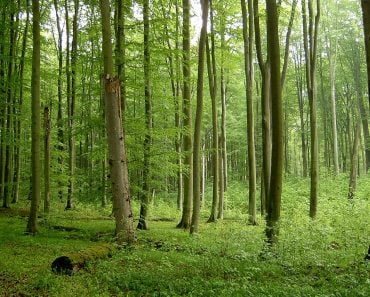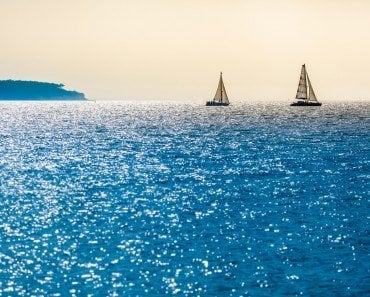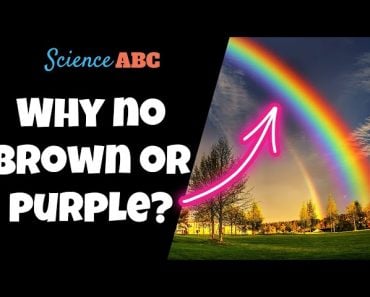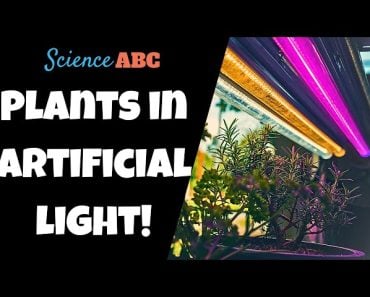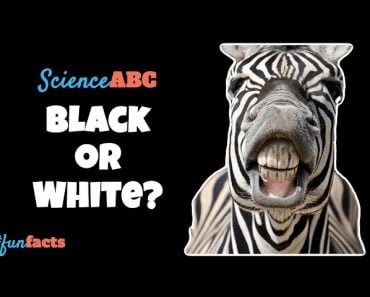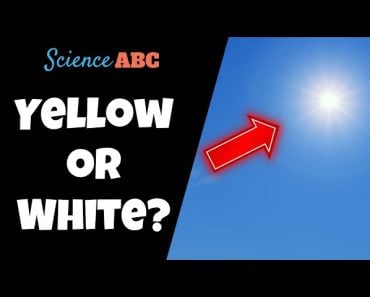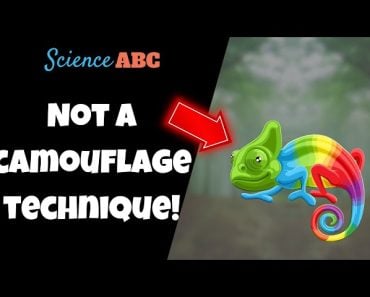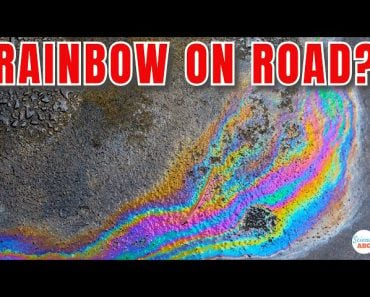The light that reaches the bottom of the ocean isn’t the same as the white light that reaches plants on land. Photosynthetic algae evolved different pigments to harness the sun’s energy at the bottom of the ocean. These pigments are red, purple and brown, as opposed to the green algae that are seen on land and closer to the surface.
It is a truth universally acknowledged that all plants are green… right?
After all, they need chlorophyll to help them perform photosynthesis to make that delectable and essential sugar. Chlorophyll pigment is green, so all the plants in the world have to be green…
Actually, that’s not the case!
Some of the very first plants on Earth evolved in the ocean. They are known as cyanobacteria, or more commonly, blue-green algae. It was in the ocean that algae became so diverse and evolved in so many different directions: brown and red and purple and even fluorescent!
The question is, how do they photosynthesize if they’re red? What makes them red or brown?
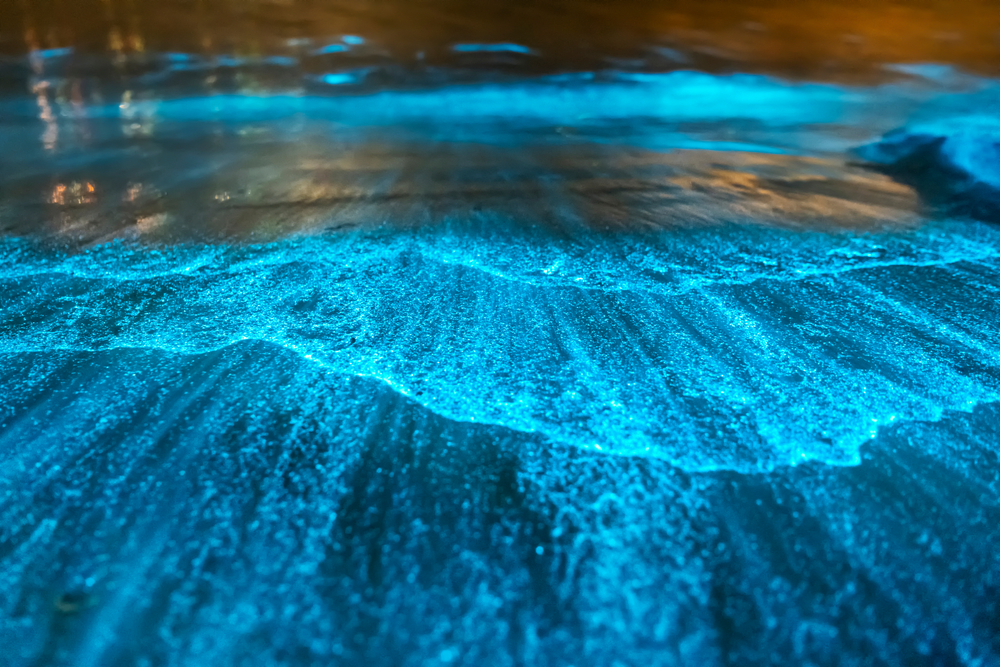
Recommended Video for you:
What Gives Objects Their Color?
When light hits an object, it does one of two things: it is either reflected or absorbed. When light gets reflected, it gives off a certain color. Whatever color you see is the color that is reflected when light hits that object.
The color of an object also depends on what colors the object absorbs. I think this is explained best with an example. Consider the leaves on a tree. They’re green in color and everyone knows this is because of chlorophyll. White light (a mixture of all colors) hits the leaf. The chlorophyll in the leaf absorbs blue and red light, and reflects green light.
Thus, for an object to look red, like our deep-sea algae, it needs to absorb green and blue light and reflect red light. However, what exactly makes it necessary for them to absorb blue and green light? Water has its own peculiar behavior when light passes through it.
Why Does Red Algae Need Blue Light?
Water in the oceans absorbs red light at a higher rate than other colors, especially blue light. All the blue light is reflected back, which makes oceans appear blue.
This means that the light energy that can be used by plants at this depth is blue light! They can’t just use regular chlorophyll though, so what else do they use?
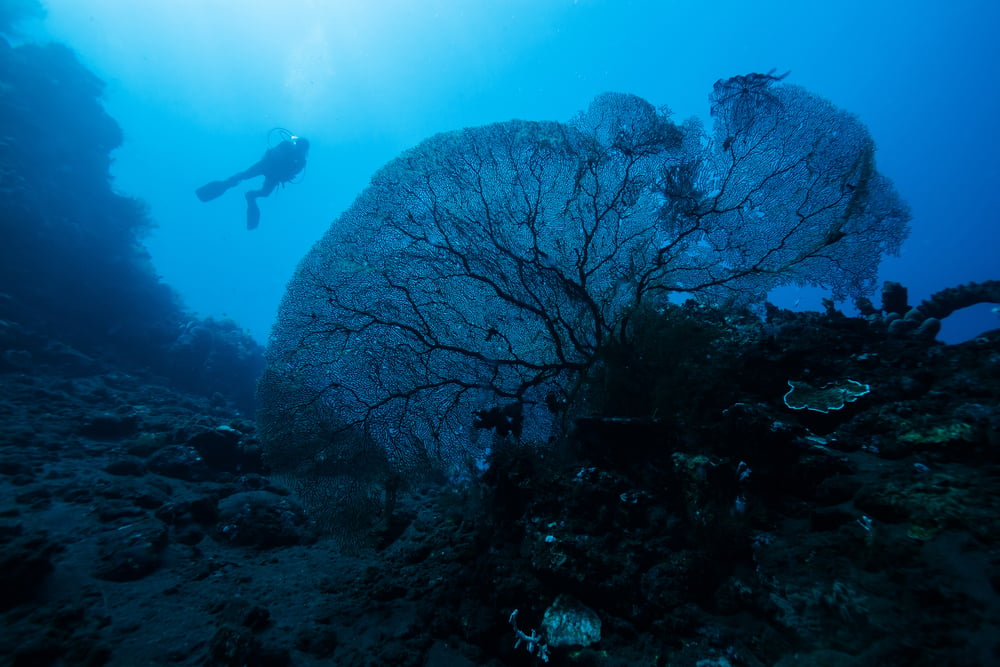
Photosynthesis In Deep Waters
Green plants use two types of chlorophyll. Chlorophyll-a absorbs both blue and orange-yellow light. The second pigment is chlorophyll b, which absorbs blue and red light. If you look at the color spectrum, there’s only one color left—green!
A surprising thing about these red algae is that they contain chlorophyll a. This means there is one pigment absorbing blue light and orange-yellow light, but the energy they get from this is not enough for the plants to make food.
Instead of chlorophyll-b, they have an interesting family of pigments called phycoerythrins.
Phycoerythrins are a group of red photosynthetic pigments. As you may guess, they are red because they absorb blue and green light.
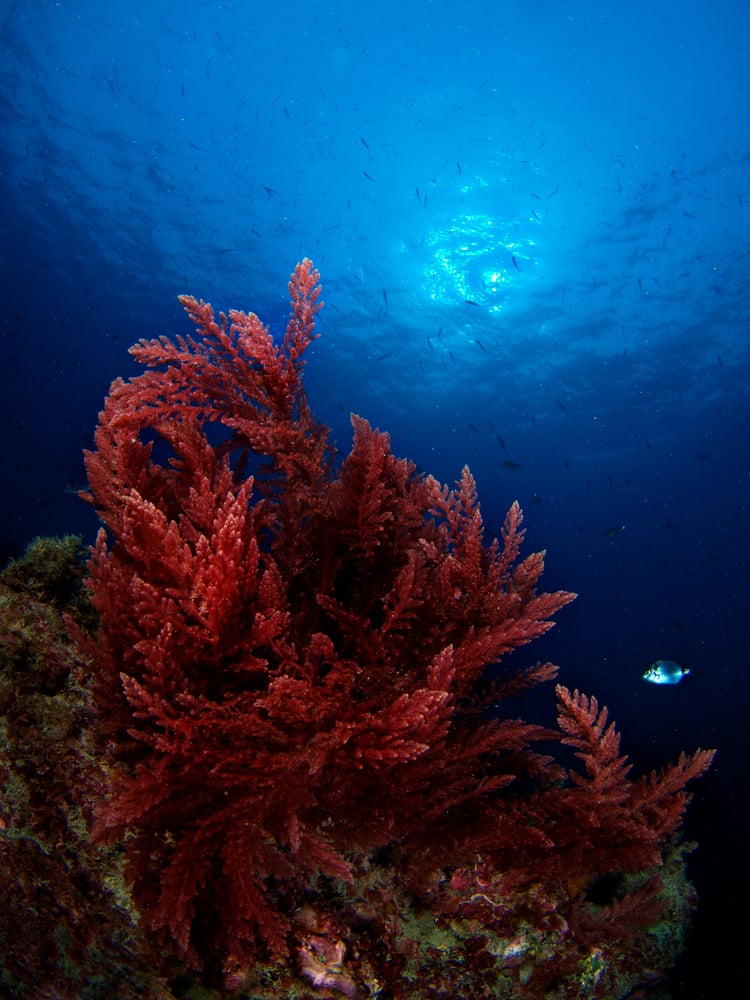
The fact that the pigments are red isn’t the most interesting bit. Unlike most plants that rely primarily on chlorophyll to harness the sun’s energy, red algae actually use phycoerythrins as their main photosynthetic pigments. In fact, according to this study, the amount of phycoerythrin found in these plants can be up to five times greater than chlorophyll.
This also has an interesting effect on the product of their photosynthesis.
Different Pigments, Different Products
Having different pigments even affects the type of food that red algae can make. In plants on the surface, food is stored in the form of starch. We’ve all heard of starch, which is famously known for being found in large quantities in potatoes. Many glucose molecules link themselves to each other in a very large chain to give us starch granules.
Red algae stores its food as Floridian starch. This starch gets its name because it was found in a family of algae only found in Florida, USA. Floridian starch is also a long chain of glucose molecules. The difference is in the position of the bonds between the glucose molecules.
A Final Word
Life on this planet has adapted in many interesting and unique ways. Red alga is a great example of this. They manage to survive—and thrive—in places that no one would think possible.
In this effort to conquer impossible environments, they develop crazy adaptations. Our natural world is much more than what we see, and when we go explore it, we discover many interesting things, like red-colored plants!
References (click to expand)
- Introduction to the Rhodophyta - UCMP Berkeley. The University of California Museum of Paleontology
- Introduction to Plant Physiology, 4th Edition | Wiley. John Wiley & Sons, Inc.
- Marine Algae : Biodiversity, Taxonomy, Environmental .... Routledge
- Haxo, F. T., & Blinks, L. R. (1950, March 20). Photosynthetic Action Spectra Of Marine Algae. Journal of General Physiology. Rockefeller University Press.
- Yanshin, N., Kushnareva, A., Lemesheva, V., Birkemeyer, C., & Tarakhovskaya, E. (2021, April 24). Chemical Composition and Potential Practical Application of 15 Red Algal Species from the White Sea Coast (the Arctic Ocean). Molecules. MDPI AG.


